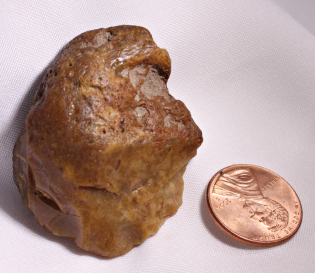 In their book “Archaeoastronomy of Southeast Colorado and the Oklahoma Panhandle”, the authors presented specific criteria for determining intent of solar alignments on petroglyphs.
In their book “Archaeoastronomy of Southeast Colorado and the Oklahoma Panhandle”, the authors presented specific criteria for determining intent of solar alignments on petroglyphs.
This was done to eliminate the possibility of randomness, simulacra and pareidollia when observing and validating arachaeoastronomical phenomena.
Bill McGlone, Phil Leonard and Ted Barker relied on their objective criteria to credibly make the best cases for advancing their new archaeological ideas.
An attempt at a methodology and rating system for identifying and categorizing artfacts follows, with rating # 4, 5 and 6 making the best cases for this ancient art:
0 = Natural, random, simulacra. No apparent workmanship, however could have had, and may still have significance as natural rock art or “talking stone” (a natural stone imbued with perceived super normal qualities).
1 = Worked stone object determined by: a. how it fits in hand/fingers and potentially was used as a tool; b. flaking or abrading on edge(s), c. chipping or flaking or other indications of workmanship
2 = Worked objects that clearly functioned as a tool or multi tools including scrapers, awls, knives, spear points and arrowheads, hammers and choppers.
3 = Shape resembles an object (face or animal) with or without enhancements but inclusive of workmenship, chipping, etc. May have utilitarian function.
4 = Artistic enhancements on at least one surface (including the addition of mouth(s), nose(s), eye(s) by etching, carving and/or use of natural features). May have utilitarian function.
5 = Artfact enhancements that incorporate multiple faces/images on each surface including totem-pole (vertical) placements, appearance of faces within faces, separate profiles within the same glyph and combined images. This art form may incorporates shallow etching or engravings. May have utilitarian function.
6 = Extraordinary features including use of artfacts to make sounds, stylish miniature carvings with micro details, “movement” of glyphs by rotating, complex imagery involving side lighting and use of shadows on multiple surfaces.
7 = Validation and documentation (for example artfacts are in existing collections or the artfact discovery is well documented).
McGlone , Bill, Leonard, Phil, Barker, Ted, Archaeoastronomy of Southeast Colorado and the Oklahoma Panhandle” Mithras, Inc., Kamas UT, 1999. See “Table 1., Criteria For Determining Intent”, p. 15.
Archaeoastronomy is the investigation of the astronomical knowledge and practices of prehistoric cultures including their calendrics, cosmologies, myths and religions.